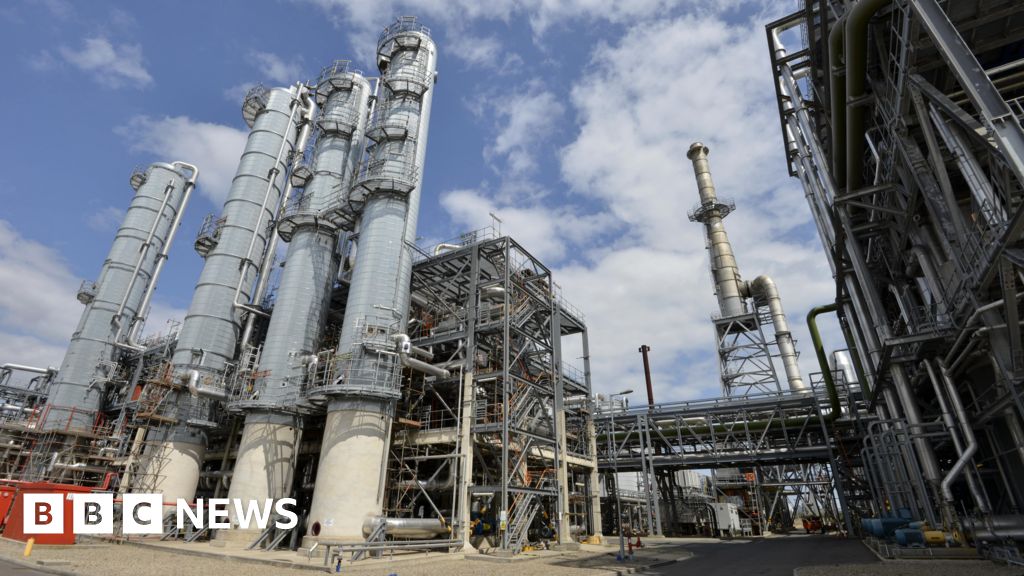Southeast Asia got some of the worst of U.S. President Donald Trump’s “Liberation Day” tariffs, with steep duties imposed on countries like Vietnam, Malaysia and Thailand. Leaders throughout the region are now frantically trying to negotiate with the White House to see if they can get a reprieve.
But regardless of how those negotiations go, the damage may have already been done. Governments throughout Southeast Asia are already tempering growth expectations as global uncertainty threatens the region’s export-reliant economic model.
“Heightened uncertainty is leading businesses to hold back on investment and other business-related decisions such as hiring,” says Sheana Yue, an economist from the consultancy Oxford Economics. Headwinds to the labor market will also hurt private consumption, she adds.
Malaysia is the latest Southeast Asian country to warn of slower growth this year. On Monday, Prime Minister Anwar Ibrahim said the country was unlikely to hit its growth forecast of 4.5% to 5.5% this year, even as he expressed some optimism that U.S. tariffs could be reduced.
Anwar added that a revised GDP forecast will come “once there is more clarity and we see the outcome of the future negotiations.”
Neighboring Singapore downgraded its growth forecast last month, now forecasting between 0% and 2% growth for 2025, down from an initial projection of between 1% and 3%.
“The growth outlook of economies in our region will be negatively affected by a fall in external demand due in part to the tariffs’ wider impact on global trade and growth,” Singapore’s Ministry of Trade and Industry said in a statement. It added that dampened business and consumer sentiments will also affect domestic consumption and investments for many economies.
Then, last week, Thailand’s Ministry of Finance cut its growth forecast to 2.1%, down from 3%. It blamed U.S. tariffs and how they might slow down the global economy.
Thailand’s projection could be cut even further. The new 2.1% projection depends on whether Bangkok is able to negotiate a reduction of Trump’s threatened 36% tariff on the Southeast Asian country.
The U.S. is Thailand’s largest export market, and Malaysia and Singapore’s second-largest export market.
Vietnam, in contrast, is maintaining its bullish 8% growth target for 2025, despite facing a 46% tariff from the Trump administration. On Monday, Prime Minister Pham Minh Chinh reiterated that the country will keep its growth target. U.S. exports account for about 30% of the country’s GDP.
Trump’s 90-day pause on his reciprocal tariffs runs out on July 8. Southeast Asian governments are currently negotiating with Washington, offering to cut their own import taxes on U.S. goods or offering to buy more U.S. products. Despite positive messaging from both Trump and his officials that deals are coming, there has yet to be any public announcement of an agreement, or even the framework of an agreement.
“The fact that this display of erratic policymaking has come at the start of Trump’s four-year term will keep businesses and households cautious for longer,” Yue says.
The economist suggests that the best possible outcome for Southeast Asia is a blanket 10% tariff on their U.S.-bound exports. That will allow the region to benefit from continued supply chain diversification away from China, which still faces a 145% tariff rate on its exports.
Yet Yue warns that Southeast Asian economies could still end up bearing the full brunt of Trump’s tariffs if no deal is reached. That could shift production to countries with a lower U.S. tariff rate, which could lead to a capital outflow as manufacturing goes elsewhere.
This story was originally featured on Fortune.com
Credit: Source link











